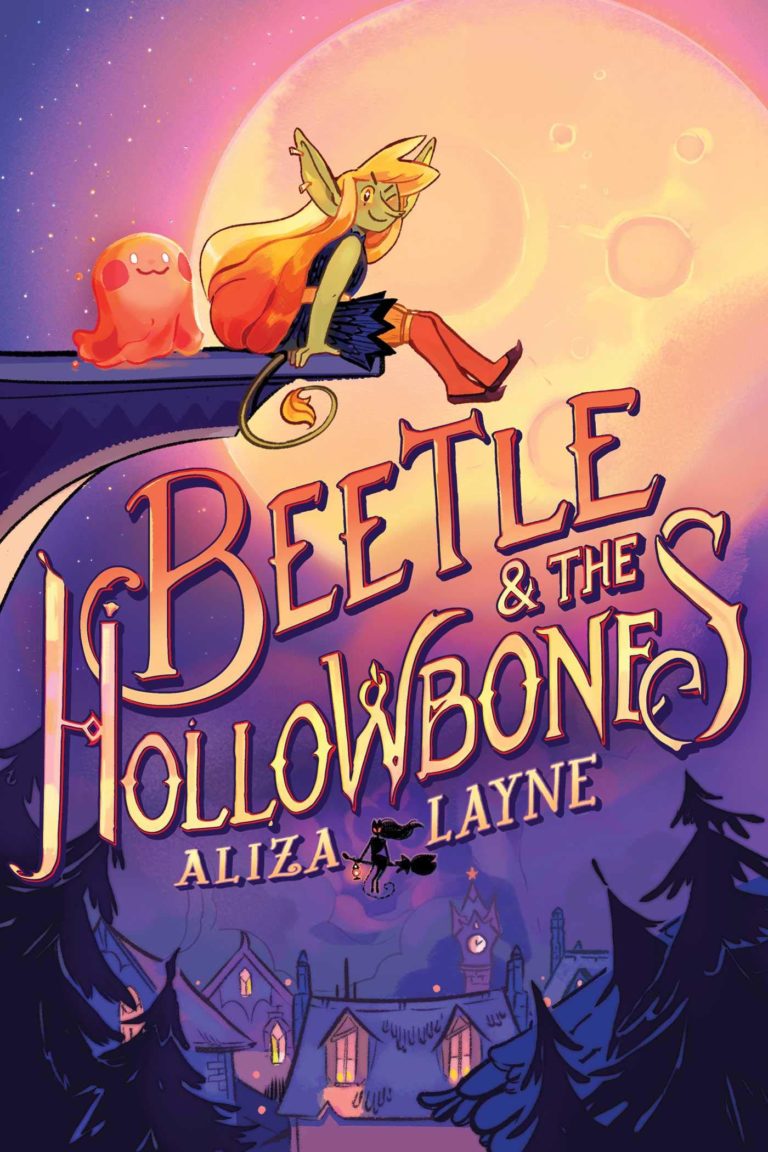
Of the remaining families – which are not mentioned in this article – some are primarily aquatic, a few offer natural control of pests of agriculture or forestry, and others are not common. Three others, the rove beetles, fireflies and soldier beetles, are commonly encountered in home gardens. Of the approximately 40 families of beetles that have members that prey on or parasitize other insects, two families, the lady beetles and ground beetles, are particularly important in gardens, home landscapes and agriculture. For example, blister beetle larvae are parasitic on soil-dwelling insects but the adult beetles feed on plants. In other groups, the larvae and adults do completely different things. Some species have similar feeding habits as both larvae and adults, and may even live in the same environment the aphidophagous (aphid-feeding) lady beetles are one example. The length of the life cycle varies from species to species certain wood boring beetles and scarab beetles may take 2-5 years or more, whereas other beetles may have several generations each year. Beetles undergo complete metamorphosis, meaning that the life stages consist of egg, larva (several instars), pupa, and winged adult.

A soldier beetle lifts its elytra in order to use its hind wings to fly.Ĭoleoptera means “sheathed wing,” referring to the fact that the first pair of wings has been thickened into a pair of hard sheaths, or elytra, that cover the delicate hind wings. For example, although the majority of members of the lady beetle family are predators, a few species (such as the pestiferous Mexican bean beetle) are plant feeders, and others are fungus feeders. The life histories within some families are a bit more variable. For example, almost all ground beetles are predaceous and the leaf beetles are mostly all leaf feeders. Within individual families of beetles there is generally some uniformity of life history. Beetles occur in virtually all habitable terrestrial and freshwater environments. There are plant feeders, scavengers, fungus feeders, parasites of vertebrate animals, predators, and true parasitoids of other insects. With such great diversity, the beetles have a great number of different life styles. and Canada and roughly ten times that number in the world. There are almost 30,000 species known in the U.S.

Approximately one quarter of all animal species known to science and a third of all described insects are beetles. The beetles, order Coleoptera, constitute the single largest group of animals on earth. The beetles are a very large group of insects.


 0 kommentar(er)
0 kommentar(er)
